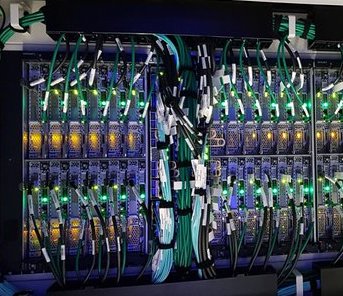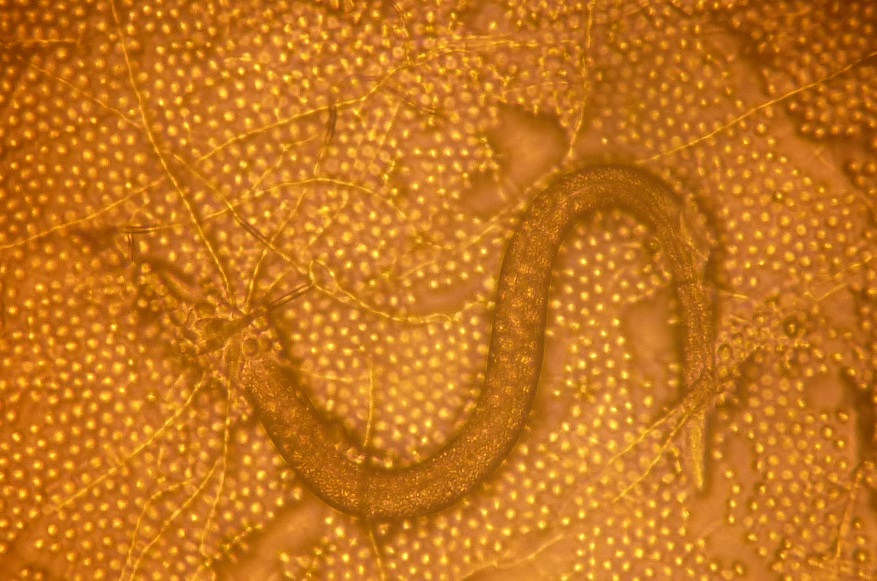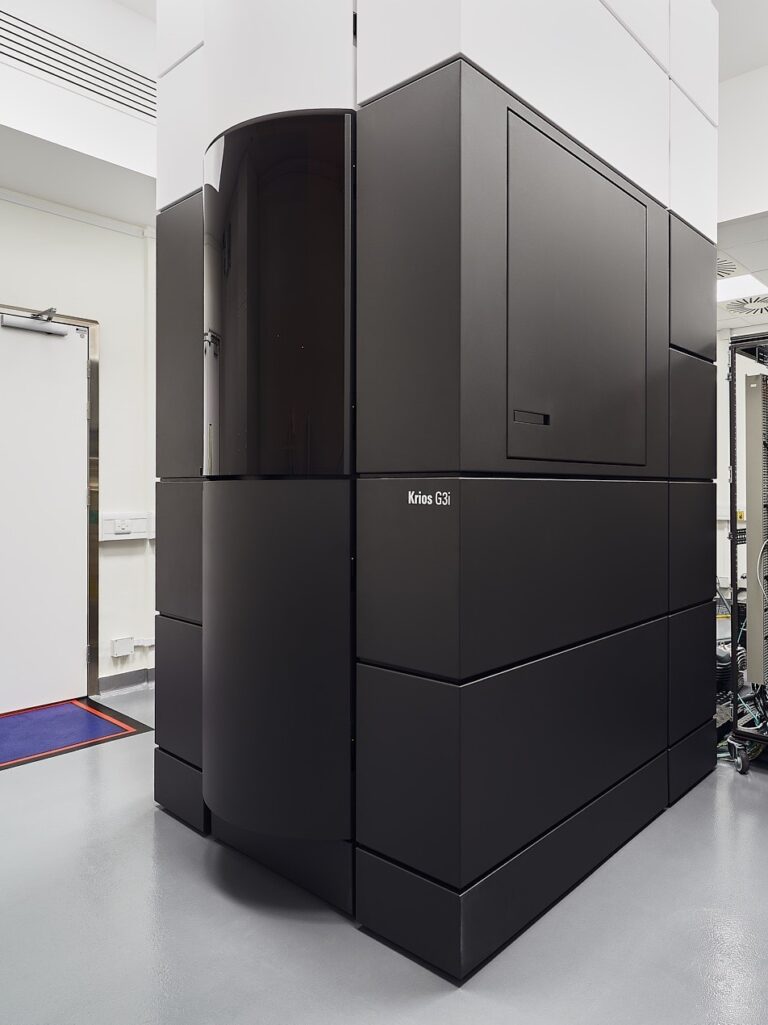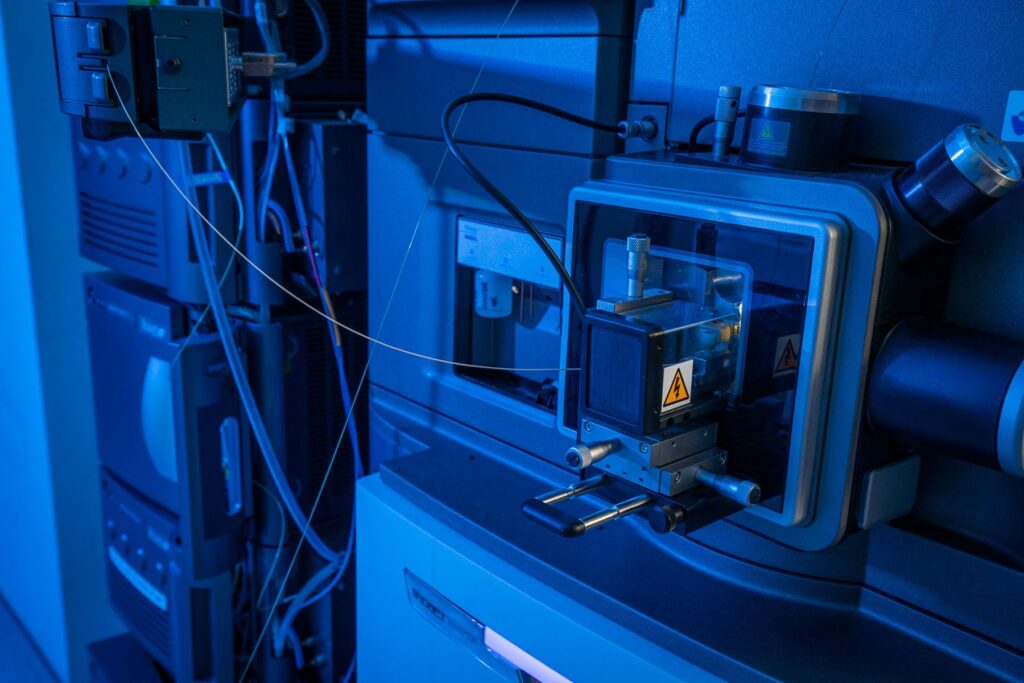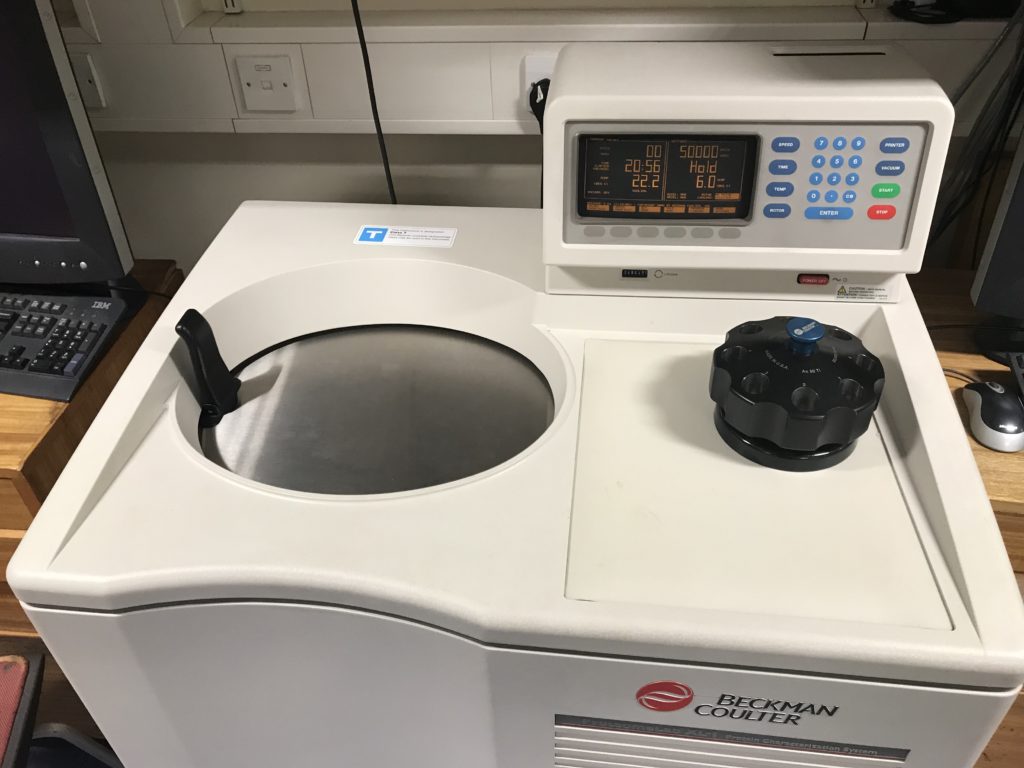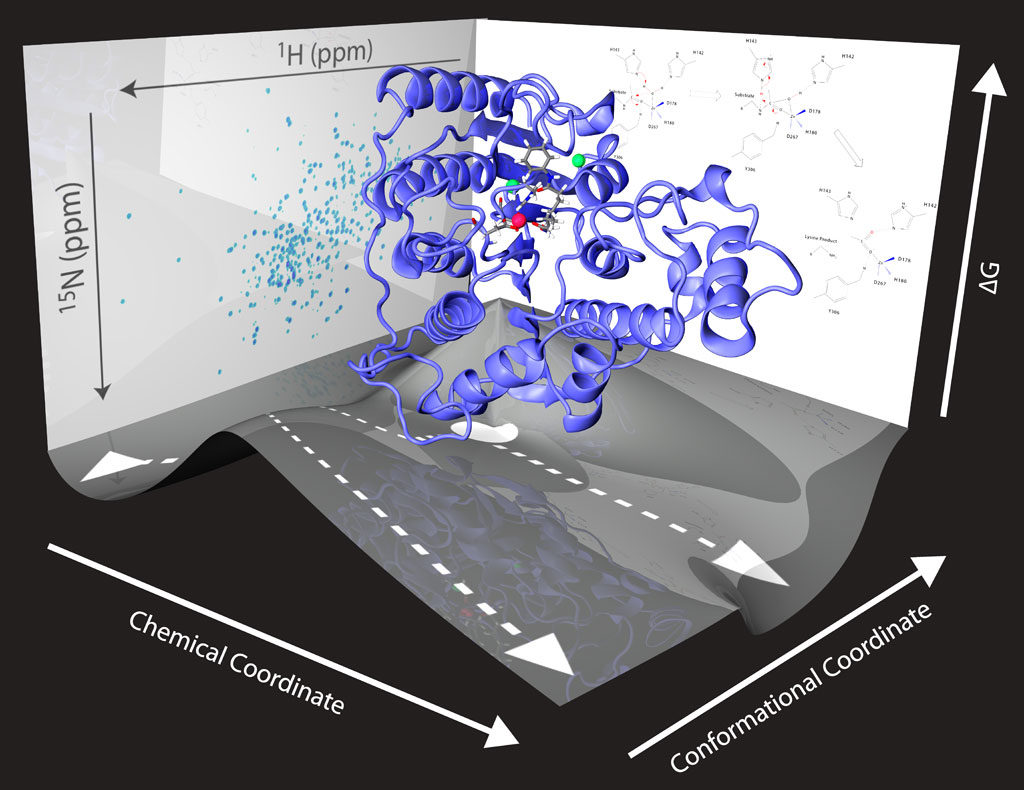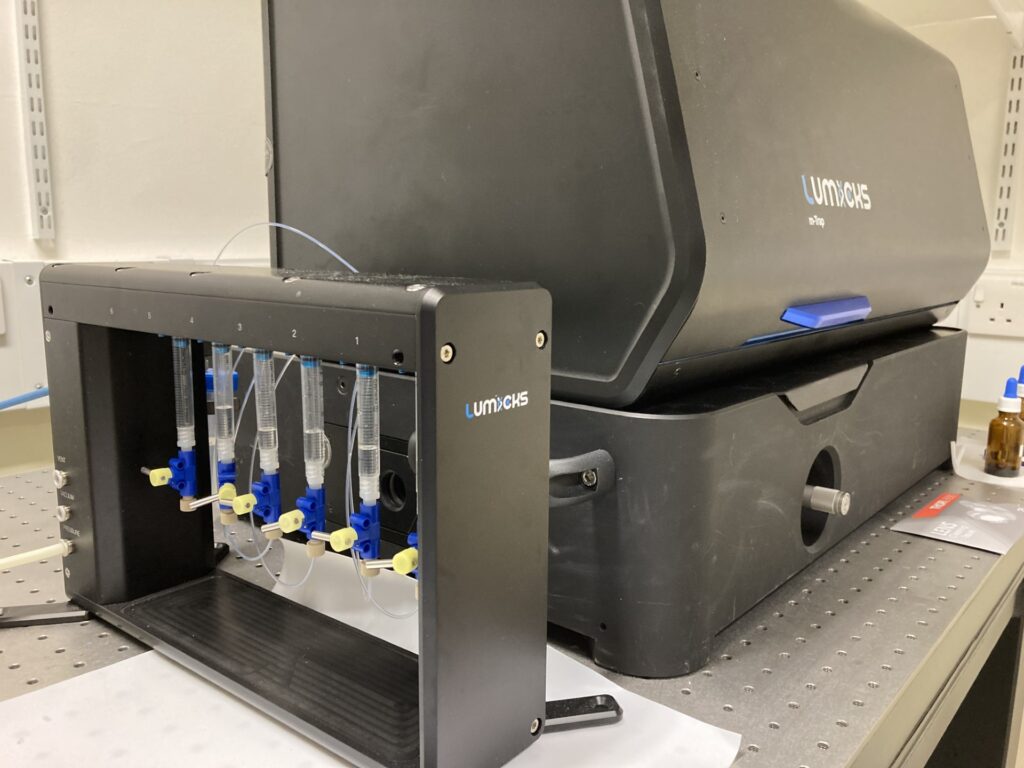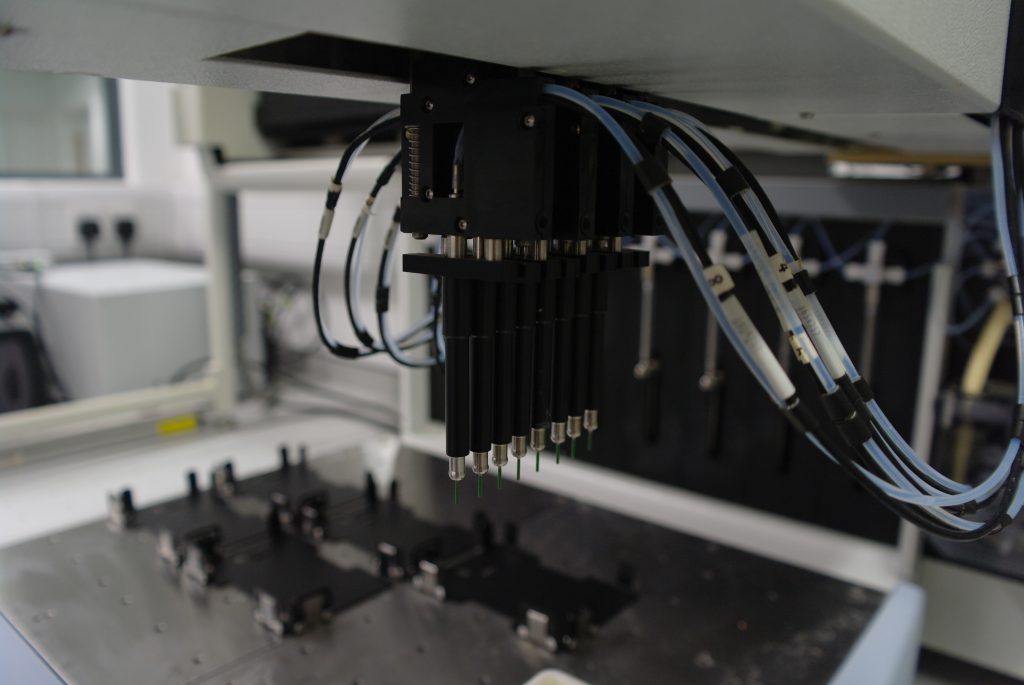The ISMB Biophysics Centre provides access to instrumentation and expertise in the characterisation of biological macromolecules and their interactions, under the academic lead of Dr Mark Williams and with Centre Manager Dr Nikos Pinotsis.
A variety of instrumentation is available for the characterisation of equilibrium and kinetic behaviours of protein, nucleic acid and small-molecule interactions on a hire, service or collaborative basis, including:
- Analytic ultracentrifugation (AUC) (please enquire)
- Circular dichroism
- UV/Vis spectrometry
- Fluorescence spectrometry
- Isothermal titration calorimetry (ITC)
- Differential scanning calorimetry (DSC)
- Differential scanning fluorimetry (thermal melts)
- Stopped-Flow and Quench-Flow kinetic analysis (please enquire)
- Biolayer interferometry
- Dynamic light scattering
- Size-exclusion chromatography with multi-angle light scattering (SEC-MALS)
Researchers interested in using these technologies should contact the Biophysics Centre.
Trained users can book instruments though our online booking system.

